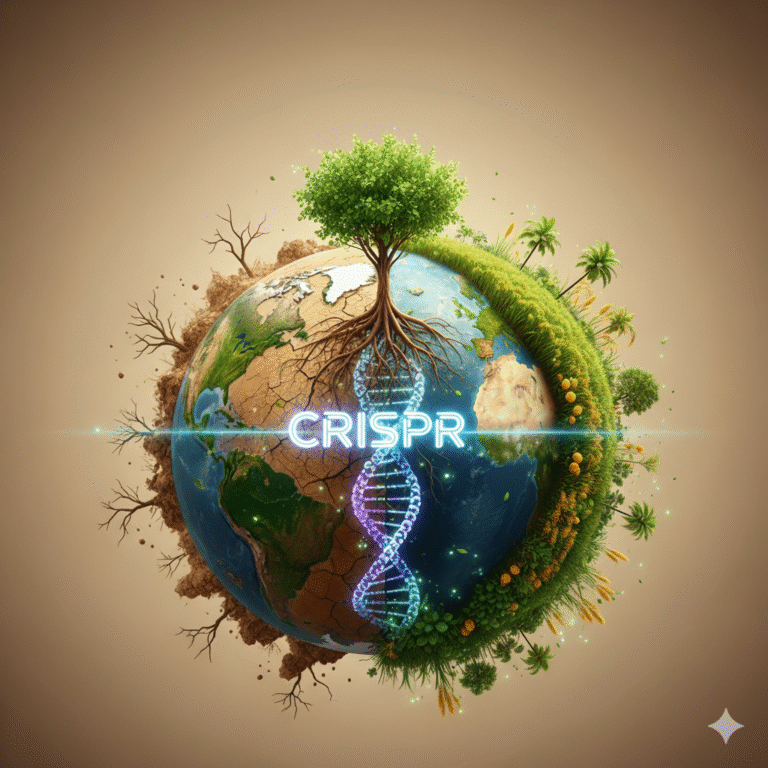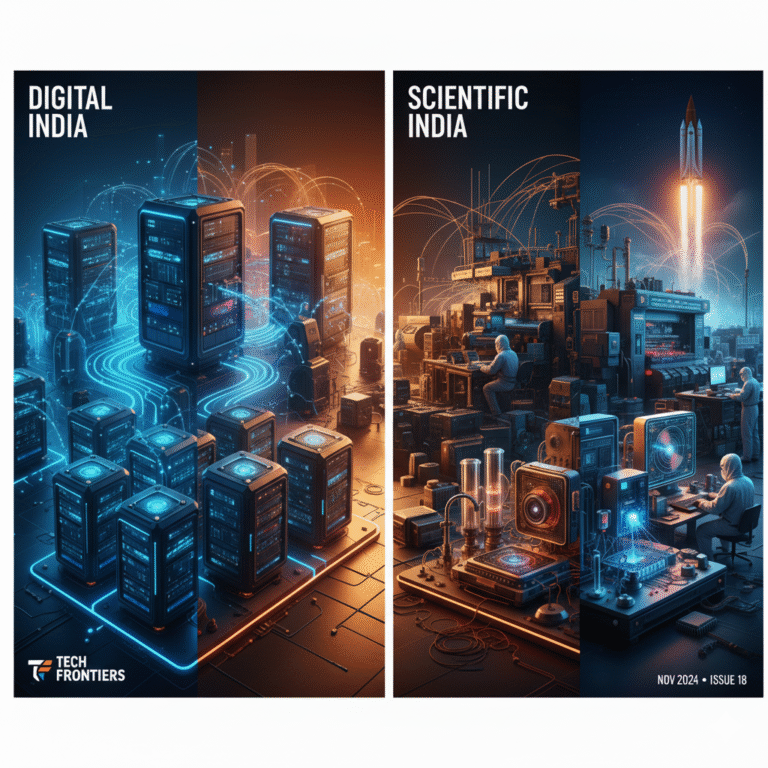In Short:
- Inlyte Energy is reviving and modernizing sodium-iron battery technology, originally developed in the 1970s.
- These batteries utilize abundant materials like table salt (sodium chloride) and iron, making them cost-effective and environmentally friendly.
- The technology offers enhanced safety, durability, and longer energy storage durations compared to traditional lithium-ion batteries.
- Inlyte plans to commercialize this technology by 2027, aiming to impact grid-scale energy storage and renewable energy integration.
A Sustainable Shift in Energy Storage
As the world increasingly relies on renewable energy sources, the demand for efficient, safe, and affordable energy storage solutions has never been higher. Lithium-ion batteries have dominated the market, but concerns over cost, safety, and environmental impact have spurred the search for alternatives. Enter Inlyte Energy, a California-based startup led by Stanford researcher Antonio Baclig, which is breathing new life into sodium-iron battery technology—a concept first explored in the 1970s.
The Origins of Sodium-Iron Battery Technology
In the 1970s, researchers in the UK developed sodium-iron batteries as a potential solution for electric vehicles. The technology showed promise due to the abundance and low cost of its core materials—sodium and iron. However, it was eventually overshadowed by the rise of lithium-ion batteries, which offered higher energy densities and faster charging times, making them more suitable for consumer electronics and electric vehicles. Additionally, challenges in scalability and efficiency, along with a lack of industrial support, led to the abandonment of sodium-iron battery development.
Inlyte Energy’s Revival and Modernization Efforts
Recognizing the untapped potential of sodium-iron batteries, Antonio Baclig founded Inlyte Energy to revisit and modernize this technology. By acquiring the original research team and facilities responsible for developing sodium-iron technology in the 1970s, Inlyte gained a strong foundation of expertise. With $8 million in seed funding secured in 2023, the company is poised to overcome previous hurdles and bring this technology to market.
Technical Innovations and Advantages
1. Abundant and Low-Cost Materials
Sodium and iron are among the most abundant elements on Earth, making them significantly cheaper than lithium and cobalt, which are commonly used in lithium-ion batteries. This abundance translates to a projected production cost of $35 per kilowatt-hour (kWh) for sodium-iron batteries, compared to approximately $139 per kWh for lithium-ion batteries.
2. Enhanced Safety and Reliability
Unlike lithium-ion batteries, which are prone to thermal runaway and fire risks, sodium-iron batteries are inherently safer. They can operate reliably across a wide range of temperatures, reducing the need for complex thermal management systems and making them suitable for diverse climates.
3. Durability and Longevity
Inlyte’s sodium-iron batteries have demonstrated impressive durability, maintaining energy capacity after 700 cycles, with a projected lifespan of up to 20 years (7,000 cycles). This long lifespan makes them cost-effective over time and suitable for applications requiring long-term energy storage.
4. Extended Energy Storage Duration
These batteries offer energy storage durations ranging from 6 to 24 hours, outperforming lithium-ion batteries, which typically provide about 4 hours. This feature is particularly advantageous for grid-scale energy storage and renewable energy integration, where longer storage durations are essential.
Strategic Partnerships and Future Plans
To scale production, Inlyte has partnered with Horien Salt Battery Solutions, a Swiss company with decades of experience in sodium battery manufacturing. Together, they plan to establish a U.S.-based factory by 2027, transitioning the technology from pilot testing to high-volume manufacturing.
Potential Market Impact
1. Grid-Scale Applications
The extended storage durations and cost-effectiveness of sodium-iron batteries position them as ideal candidates for grid-scale applications. They can help balance supply and demand in renewable energy grids, providing a stable and reliable energy source.
2. Renewable Energy Integration
As renewable energy sources like solar and wind are intermittent, efficient energy storage is crucial. Sodium-iron batteries can store excess energy generated during peak production times and release it when needed, facilitating smoother integration of renewables into the energy mix.
3. Economic and Environmental Benefits
The use of abundant, non-toxic materials reduces environmental impact and reliance on conflict minerals. Additionally, the lower production costs can make energy storage more accessible, particularly in developing regions where affordability is a key concern.
Challenges and Considerations
While promising, the widespread adoption of sodium-iron batteries faces several challenges:
- Scaling Up Production: Establishing a large-scale manufacturing ecosystem requires significant investment and coordination.
- Market Acceptance: Convincing industries to adopt a relatively untested technology over the well-established lithium-ion alternative could take time.
- Competition: Other emerging battery technologies, such as solid-state and flow batteries, could compete with sodium-iron batteries.
Conclusion: A Promising Path Forward
Inlyte Energy’s efforts to modernize and commercialize sodium-iron battery technology represent a significant step toward more sustainable and affordable energy storage solutions. By leveraging abundant materials and addressing previous technological limitations, these batteries have the potential to play a crucial role in the global transition to renewable energy. As Inlyte moves toward full-scale production by 2027, the energy storage landscape may witness a transformative shift, offering new opportunities for grid stability, renewable integration, and environmental sustainability.









+ There are no comments
Add yours